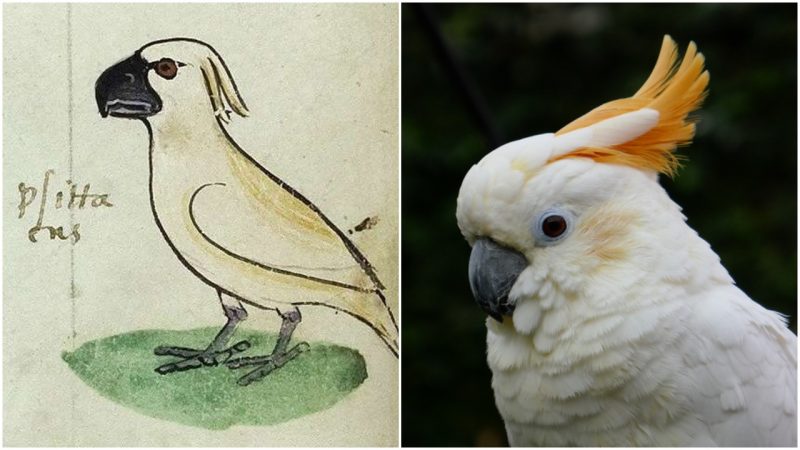As historians have discovered across the ages, world history is not set in stone. Unless you’re poking around an Ancient Egyptian pyramid of course, but even then the facts of what took place hundreds or thousands of years ago are always subject to revision.
Sometimes these revisions are based on major findings. Other times, however, the smallest detail can turn long-established ideas on their head. Take this painting of a cockatoo for instance. It was included in a 13th century Latin text called The Art of Hunting with Birds (or De Arte Venandi cum Avibus), which resides in the Vatican Library.
A new study, published in the June issue of the journal Parergon, explores the significance of the “white parrot” captured in those pages. Its authors Heather Dalton, Jukka Salo, Pekka Niemelä and Simo Orma, look to the cockatoo as symbolic of world trade. A symbol that alters how experts should perceive the historical flow of goods across the globe.
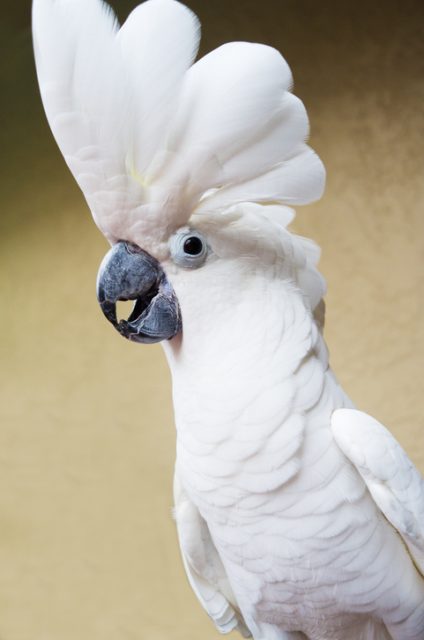
Writing about the study for the University of Melbourne website, Dr. Dalton refers back to a previous investigation she performed into the image of a cockatoo on a 15th century altarpiece, painted by Andrea Mantegna. Through that depiction and this current artwork, she wishes to “highlight the fact that during the medieval period, merchants plying the waters just to the north of Australia were part of a flourishing trade network that reached west to the Middle East and beyond.”
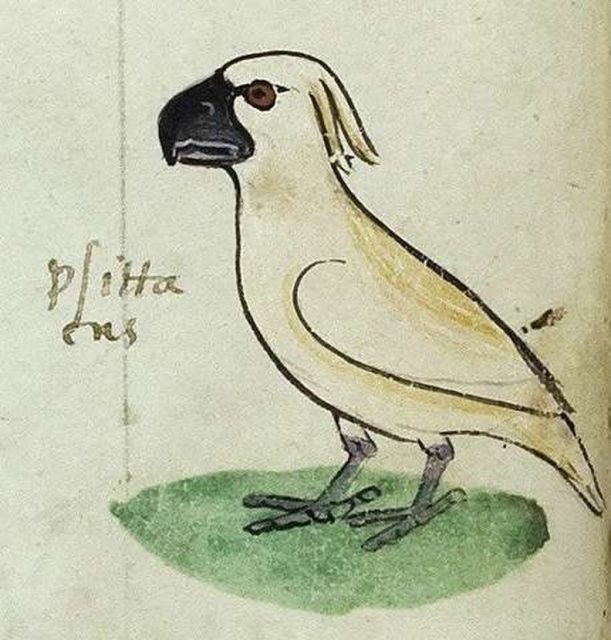
Rendered within the margins of the Vatican manuscript, which dates from the 1240s, the cockatoo was just one of 900 wildlife illustrations providing a record of the menagerie of Frederick II of Sicily, the Holy Roman Emperor. It is thought by some that he wrote The Art of Hunting with Birds himself.
He possessed quite a collection of birds and beasts, as Emperors tended to do. Back then the natural world was a veritable gift catalog, and it was the 4th Ayyubid Sultan of Egypt, or “Sultan of Babylon” who had sent the cockatoo to Frederick II, knowing of his love for feathered things.
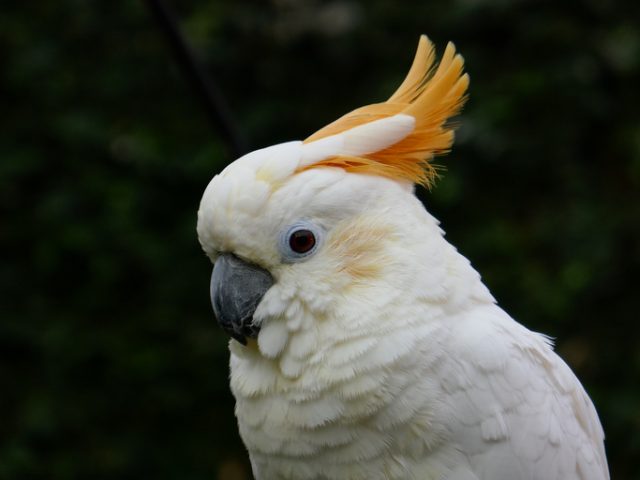
This wasn’t a simple question of getting the bird from A to B. The cockatoo had to spend several years being transported from Australasia to Italy. Along the way, it would no doubt have seen some fascinating sights, as it was traveling via world trade routes. Routes such as the Silk Road played a vital part in opening the planet up to itself, introducing food, technology and all manner of intrigue from different cultures.
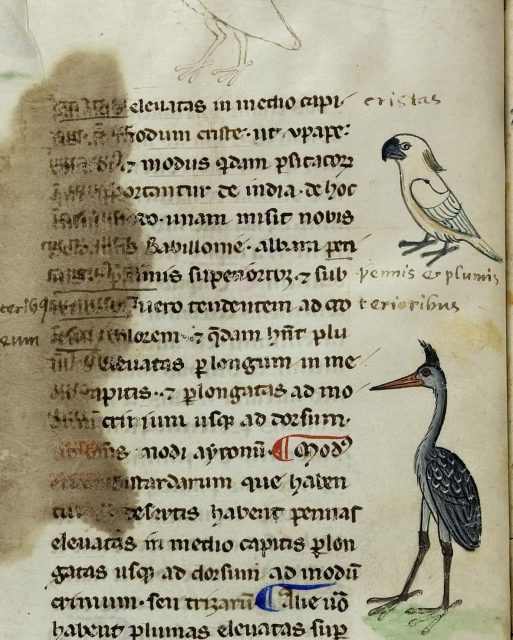
The avian offering has been identified by Dalton and her co-authors as one of two types: a Triton, one of the subspecies of the Greater Sulphur-crested cockatoo, or one of the Yellow-crested varieties. This places the bird’s origins in the vicinity of Northern Australia, New Guinea, or Indonesia.
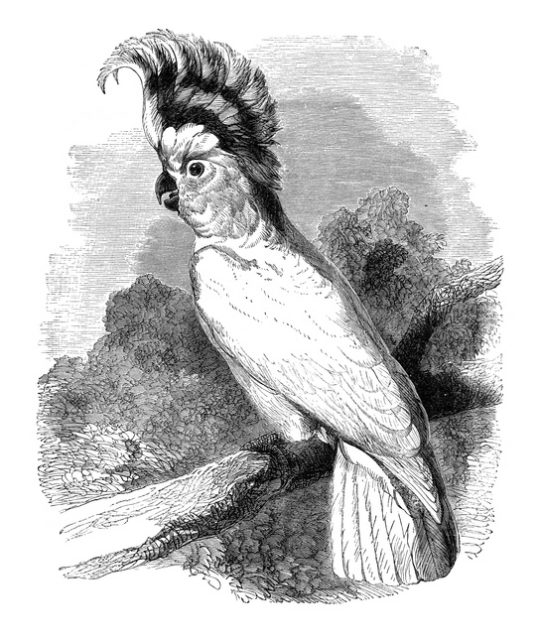
So, this little creature certainly traveled a long way. Its journey reflects not only the unusual nature of royal present-giving but also the path of trade as it began to change the way countries looked at themselves.
Talking Cockatoo
Dalton is keen to emphasize the role of northern Australian waters as a trade route, and in particular, how the indigenous Southeast Asians used the sea to transport their wares from place to place, a detail she feels is overlooked in the general scheme of events.
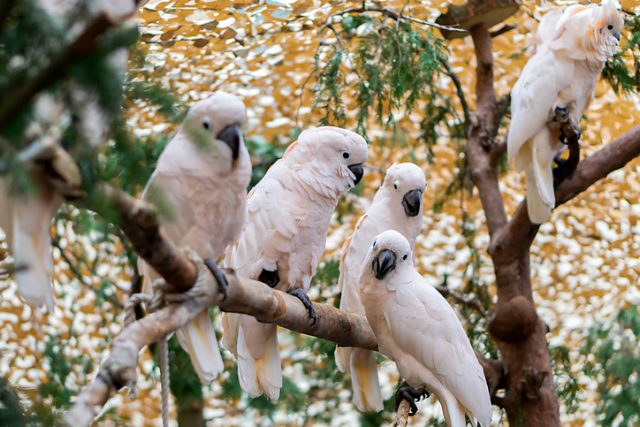
She goes on to mention that, “Although this trade lessened from the mid-thirteenth century due to circumstances within China and India, records show that during the early thirteenth century Malay ports were exporting goods from other Southeast Asian destinations into China and beyond — including white parrots.”
While seemingly just a pretty-looking bird in an old book, this cockatoo is generating fresh avenues of discussion about factors that changed the course of world history. It may not have done a whole lot of flying, but it’s certainly helped the academic community stretch its wings.
Steve Palace is a writer, journalist and comedian from the UK. Sites he contributes to include The Vintage News, Art Knews Magazine and The Hollywood News. His short fiction has been published as part of the Iris Wildthyme range from Obverse Books
